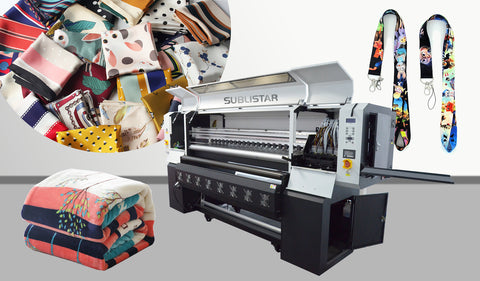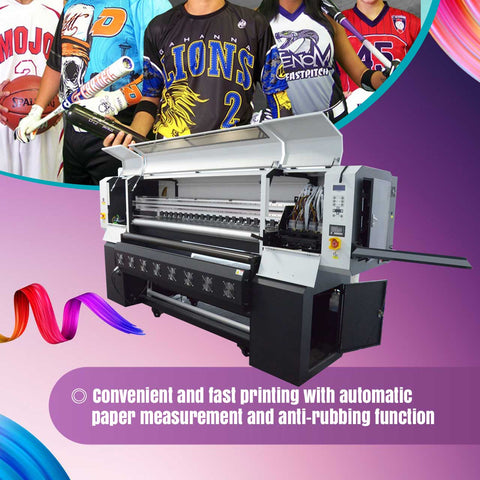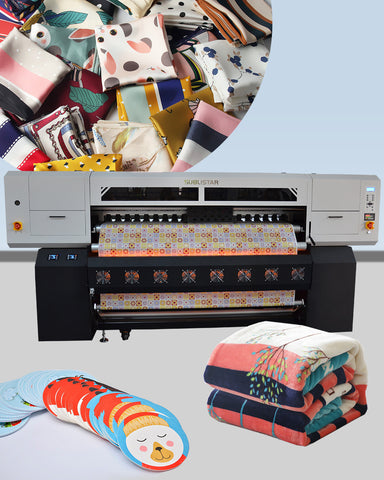The elements that affect print quality in DTF printing are digital transformation and digital printing transfers. Before being transferred and processed onto the fabric surface, digitally created prints must go through a few steps. During these phases, scheduled prints are mirrored in the digital environment and make it simple to finish printing procedures. The benefits of digital transformation in printing are numerous. The prints' goal in the digital transition is to make the printing details and procedures simple to finish. The attention to even the slightest detail shapes the details of digitally transformed prints. Prints can be transformed digitally to produce prints more quickly and in large quantities.Additionally, digitally created prints undergo a more thorough processing of the design process. Pre-prepared prints facilitate the process and enable the manufacturer to create fast, thanks to digital transformation. By contacting a big number of customers, more prints may be made.

One major benefit of the digital transformation is that the prints' quality and design will be more visible in the digital world. Digital transformation is used to prepare different designs with the appropriate scales, and several features ensure that the prints are adjusted correctly. For the designs to stand out from the norm, a variety of features must be added. Working with businesses is another benefit of digital transformation in printing. When digital talent and knowledge emerge in partner firms, it is very beneficial to support them in generating new product possibilities that meet customer demands through the appropriate use of technology. Manufacturers are able to avoid using waste paper and contribute to a sustainable environment because of the digital transition.

Paper waste is avoided through digital transformation of design printouts. By doing this, waste paper production is stopped and a method for environmentally beneficial design printing is created. The prints are examined in great detail and prepared in a digital setting, which results in the transfer of the print via DTF transfer to the surface. By choosing and getting ready the surface to be printed on, designs may be transferred to it with ease. By correctly finishing the printing process, prints made in accordance with customer needs are provided to the customer. A wide variety of prints are meticulously made and packaged using technology materials in accordance with the needs of the customers, in addition to limited production prints and customized design prints.Prints of successfully finished designs are prepared for use by different companies and enterprises.

Printing Service Suitable for Customer Demands
In response to client requests, a wide variety of printing features and designs are employed in the printing service. After the digital transformation service is customized to meet customer needs, a better customer experience is achieved. To accurately fulfill the needs and expectations of the consumer, numerous performance enhancements are implemented. Customer expectations are satisfied and high-quality service is rendered as a result of digital transformation in an appropriately and consistently produced print design. The digital transformation of print designs has numerous benefits for enterprises and organizational organizations. These benefits enable the proper service to be provided while printing documents for client needs.
Manufacturers are assisted in the printing process by technological solutions that are favored for finishing work processes and printing processes rapidly. In this way, employees who operate in a digital environment don't get physically tired. As technology advances, digital transfers facilitate printing and enable purchasers to offer a wide range of design prints with ease. Making snap decisions during printing planning boosts output and expedites the printing process. As a result, prompt decisions during digital transitions simplify tasks and foresee expectations.









